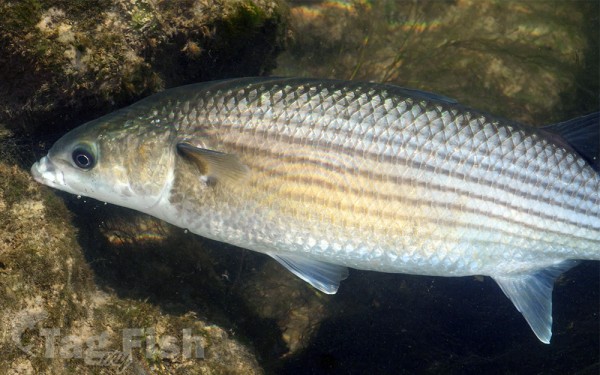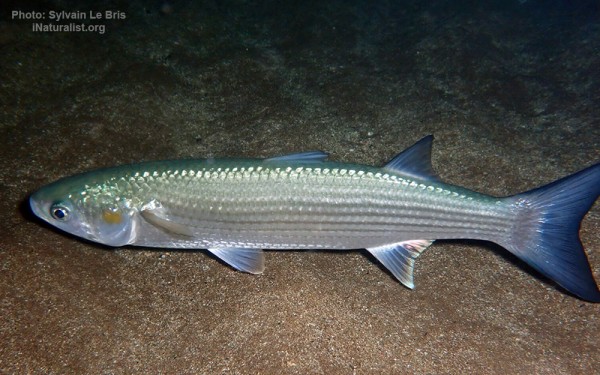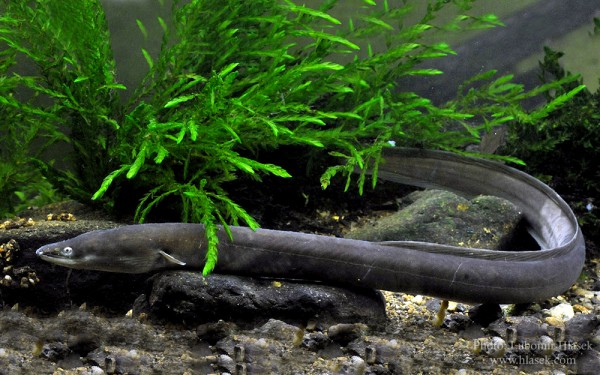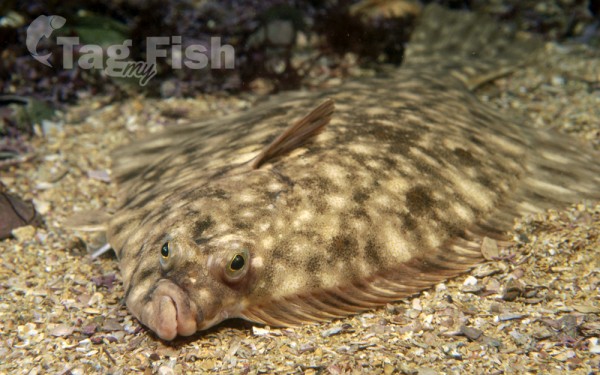Lake Vistonis

Cypriniformes - Carps
Mugiliformes - Mullets
Anguilliformes - Eels and morays
Pleuronectiformes - Flatfishes
Cypriniformes - Carps
Mugiliformes - Mullets
Anguilliformes - Eels and morays
Pleuronectiformes - Flatfishes
Cypriniformes - Carps
Mugiliformes - Mullets
Anguilliformes - Eels and morays
Pleuronectiformes - Flatfishes
Lake Vistonida or Vistonis lies between the regions of Rhodope and Xanthi in the regional unit of Eastern Macedonia and Thrace, Greece. It encompasses a unique ecosystem hosting a variety of fauna, which comprise several types of fish, amphibians, reptiles, mammals, birds as well as flora. It is the fourth largest lake in the country and one of the most beautiful wetlands in Greece. It occupies a total of 4,500 ha. and depth ranging from 2 to 3.5 meters. It is an extension of the Porto Lagos bay and is separated from the sea by a narrow strait, created from silt depositions and is connected to it through canals. The size of the lake decreases and increases alternately for almost 6 sq.km, depending on the season.
South of the lake, lies the lagoon of Porto Lagos which is connected through a natural canal with the sea and through three estuaries with the lake. In the Porto Lagos lagoon are situated the monasteries of Agios Nikolaos (St. Nicholas) and Virgin Mary of Pandanesi which are built on small islets. The wetland complex is completed by lagoons west of Vistonida (with larger Lafri and Lafrouda), which are surrounded by swamps and functionally connect the area with the Nestos delta.
Vistonida is characterized by a unique phenomenon occurring nowhere else in the country. The northern part has fresh water, as it receives inflows of fresh water, mainly from the rivers Kosinthos, Kompsatos and Travos. In contrast, the southern part, which receives seawater from its three mouths of communication with the lagoon, is brackish, with varying salinity, depending on the movements of water masses between the lake and the lagoon.
Lake Vistonida was formulated 5,000,000 years ago, as a result of an abrupt subsidence of the land, allowing seawaters to fill in the present lake area, through the wearing action of tidal currents which eventually formed a closed lagoon. It was named after Vistones, a Thracian tribe who once dwelt in the area.
The area of Vistonida is characterized by a wide variety of habitats and rich flora. The vegetation of the lake consists of sand-loving and allophilic plant communities, meadows, reeds and shrubs. The flying bird populations are impressive with regard to their numbers as well as to diversity of species. Out of 260 recorded species, nine are rare or endangered in a worldwide scale. One of the rarest bird species in the world, with a population of no more than 13,000 worldwide, is the Oxyura leucocephala. There are also 20 species of mammals, 19 species of reptiles and 11 species of amphibians found in the area of Vistonida.
The local fish community counts 37 species, 21 of which live in the lake and 16 come from the sea. The species have been limited in recent years due to changes in environmental conditions. The area is threatened by the expansion and intensification of agriculture and aquaculture, tourism development, intense hunting and the pollution from various sources.











